Category: Aviation & Flying
-
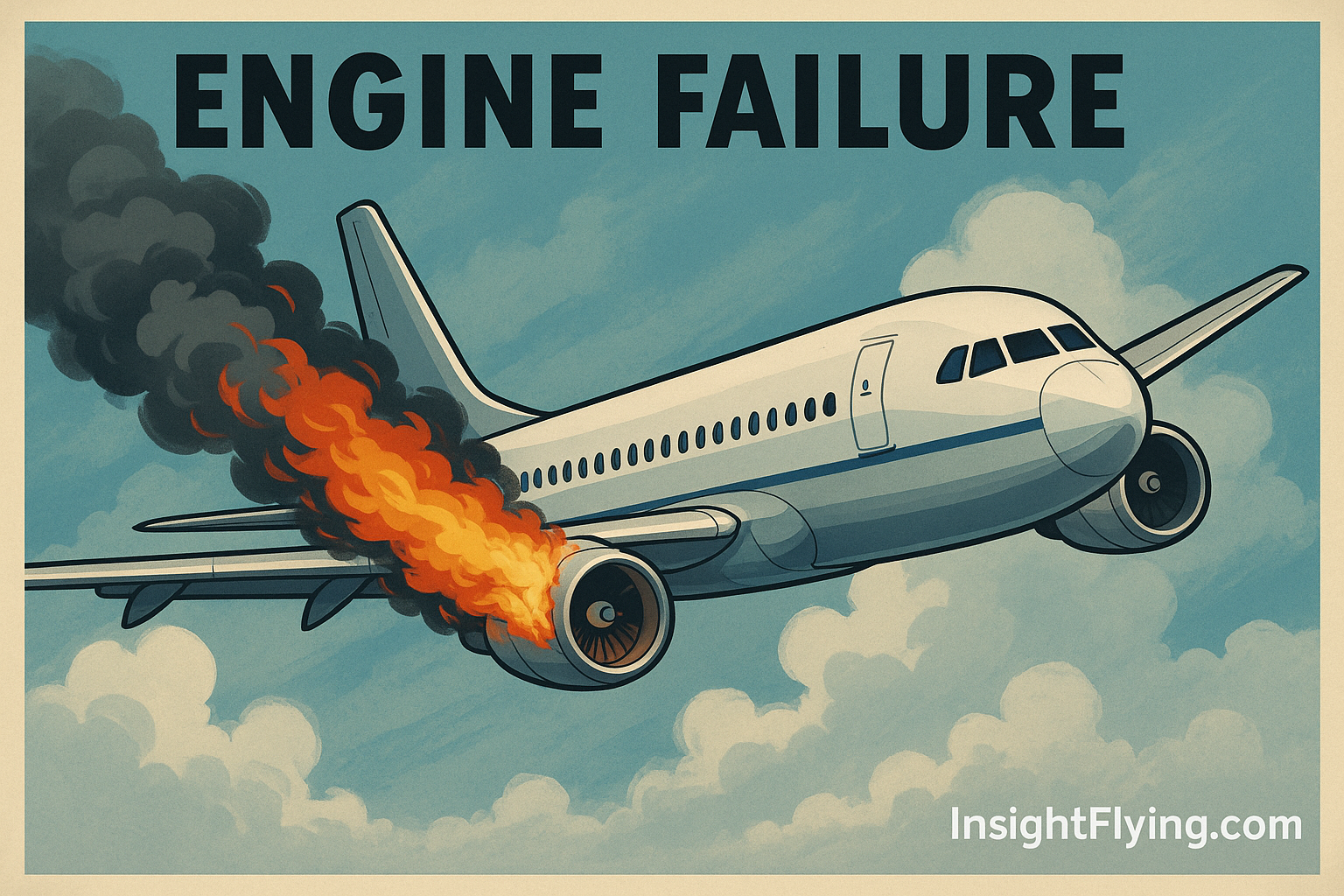
Engines fail
✈️ ความเข้าใจผิดที่ 4: ถ้าเครื่องยนต์ดับ เครื่องบินต้องตกแน่นอนMisconception #4: If the engines fail, the airplane will definitely crash นี่คือความเข้าใจผิดที่พบบ่อยมาก โดยเฉพาะในหมู่ผู้โดยสารที่คิดว่า “เครื่องบิน = ต้องมีแรงขับตลอดเวลา” ซึ่งจริง ๆ แล้วไม่เป็นความจริงเลยครับ เพราะเครื่องบินทุกลำถูกออกแบบให้สามารถ “ร่อน” ได้แม้ไม่มีแรงขับจากเครื่องยนต์ This is one of the most common misconceptions — many people think that an airplane must always have engine power to stay in the air. In fact, that’s not…
-
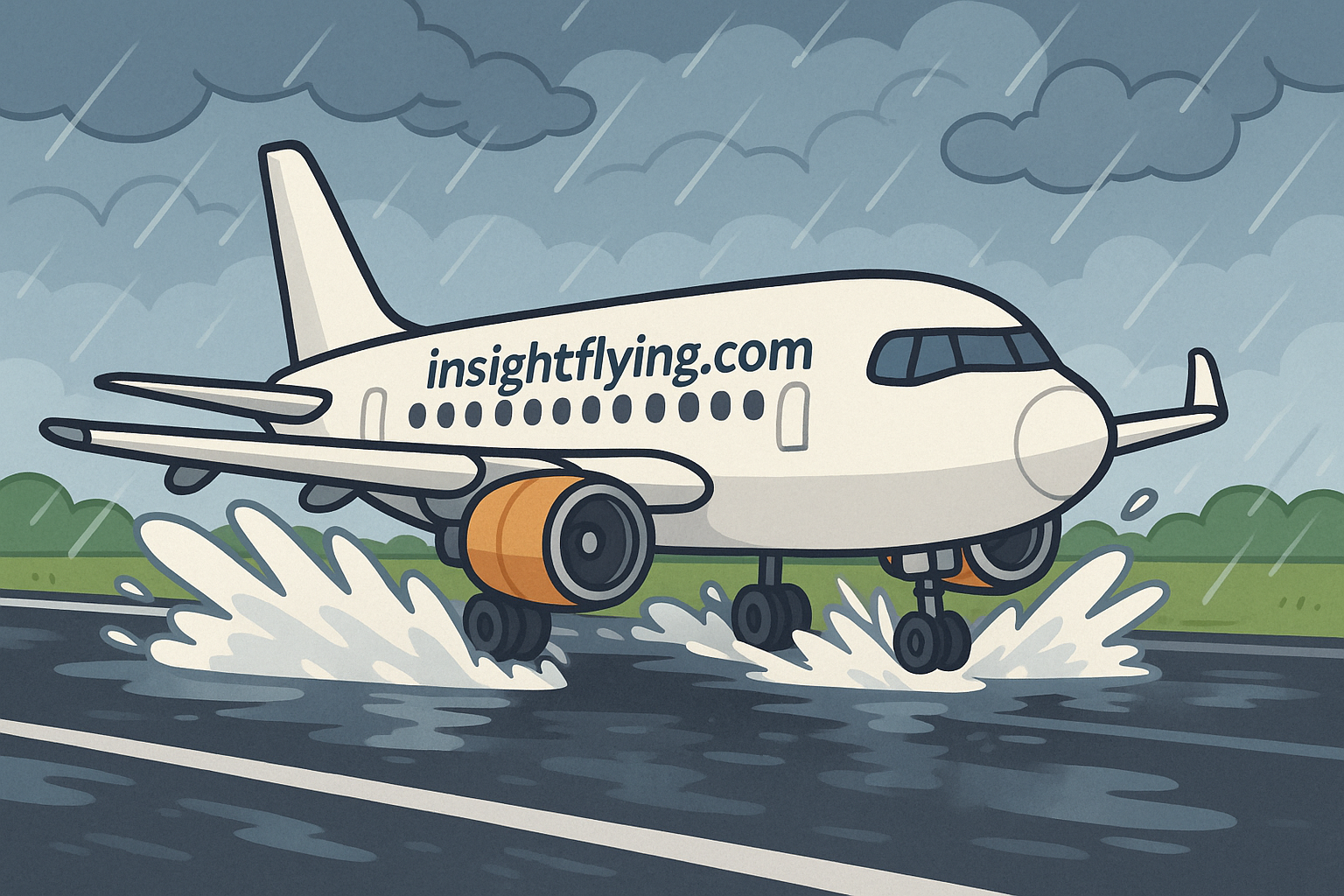
Pilots just let the autopilot do everything
✈️ ความเข้าใจผิดที่ 3: นักบินใช้ระบบอัตโนมัติทั้งหมด Misconception #3: Pilots just let the autopilot do everything หลายคนมักเชื่อว่า เครื่องบินสมัยนี้บินเองได้หมดแล้ว — นักบินเพียงแค่นั่งดูหน้าจอ ปล่อยให้ระบบอัตโนมัติควบคุมตั้งแต่ขึ้นจนถึงลงจอด แต่ความจริงนั้นซับซ้อนกว่ามาก เพราะ “ระบบอัตโนมัติ” คือเครื่องมือช่วย ไม่ใช่ผู้ตัดสินใจ Many people believe that modern planes fly entirely on their own — that pilots just sit back while the autopilot handles everything from takeoff to landing. The truth, however, is far more…
-

อากาศแปรปรวนอันตรายถึงชีวิต
✈️ ความเข้าใจผิดที่ 2: อากาศแปรปรวนอันตรายถึงชีวิต Misconception #2: Turbulence is extremely dangerous ทุกครั้งที่เครื่องบินเริ่ม “สั่น” หรือ “โยก” ผู้โดยสารจำนวนมากมักรู้สึกตกใจ คิดว่าเครื่องบินกำลังเจออันตรายหรืออาจตกได้ทุกเมื่อ แต่ในความเป็นจริง “อากาศแปรปรวน” หรือ Turbulence เป็นเพียงปรากฏการณ์ธรรมชาติที่เกิดขึ้นได้ในทุกเที่ยวบิน — และเครื่องบินถูกออกแบบมาเพื่อรับมือกับมันได้อย่างปลอดภัยแน่นอน Whenever an aircraft starts shaking or bumping, many passengers panic — thinking the plane might be in danger. In truth, turbulence is a completely natural part of flying, and every aircraft is…
-

ฟ้าผ่าทำให้เครื่องบินตก
✈️ ความเข้าใจผิดที่ 1: ฟ้าผ่าทำให้เครื่องบินตก Misconception #1: Lightning can make a plane crash หลายคนมักคิดว่า “ถ้าเครื่องบินโดนฟ้าผ่า คงตกแน่ ๆ” เพราะภาพในหนังหรือข่าวมักนำเสนอแบบนั้น แต่ในความเป็นจริง เครื่องบินพาณิชย์ทุกลำถูกออกแบบมาให้ทนต่อฟ้าผ่าได้ 100% ตามมาตรฐานความปลอดภัยขององค์กรการบินพลเรือน (เช่น FAA และ EASA) Many people believe that if a plane is struck by lightning, it will crash. Movies and media often exaggerate this idea, but in reality, every commercial aircraft is engineered to…
-
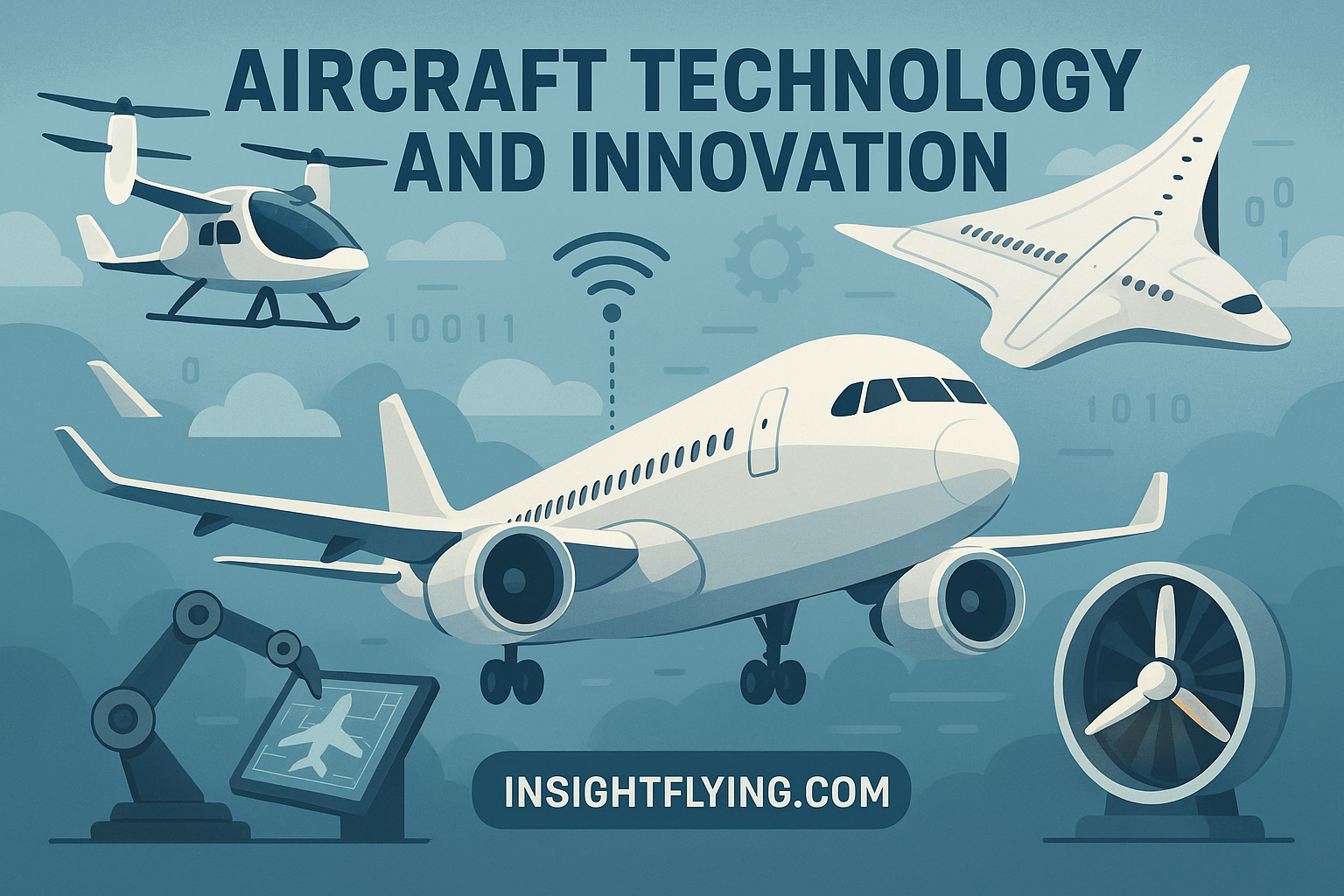
ระบบอัตโนมัติ คือ มิตร หรือ ศัตรู
Automation and Pilots: Friend or Foe? ระบบอัตโนมัติ กับ นักบิน — มิตรหรือศัตรู? In modern aviation, automation has become an inseparable part of flight operations. From the moment an aircraft leaves the gate until it reaches the destination, systems such as autopilot, autothrottle, and flight management computers handle most of the routine tasks that were once performed…
-
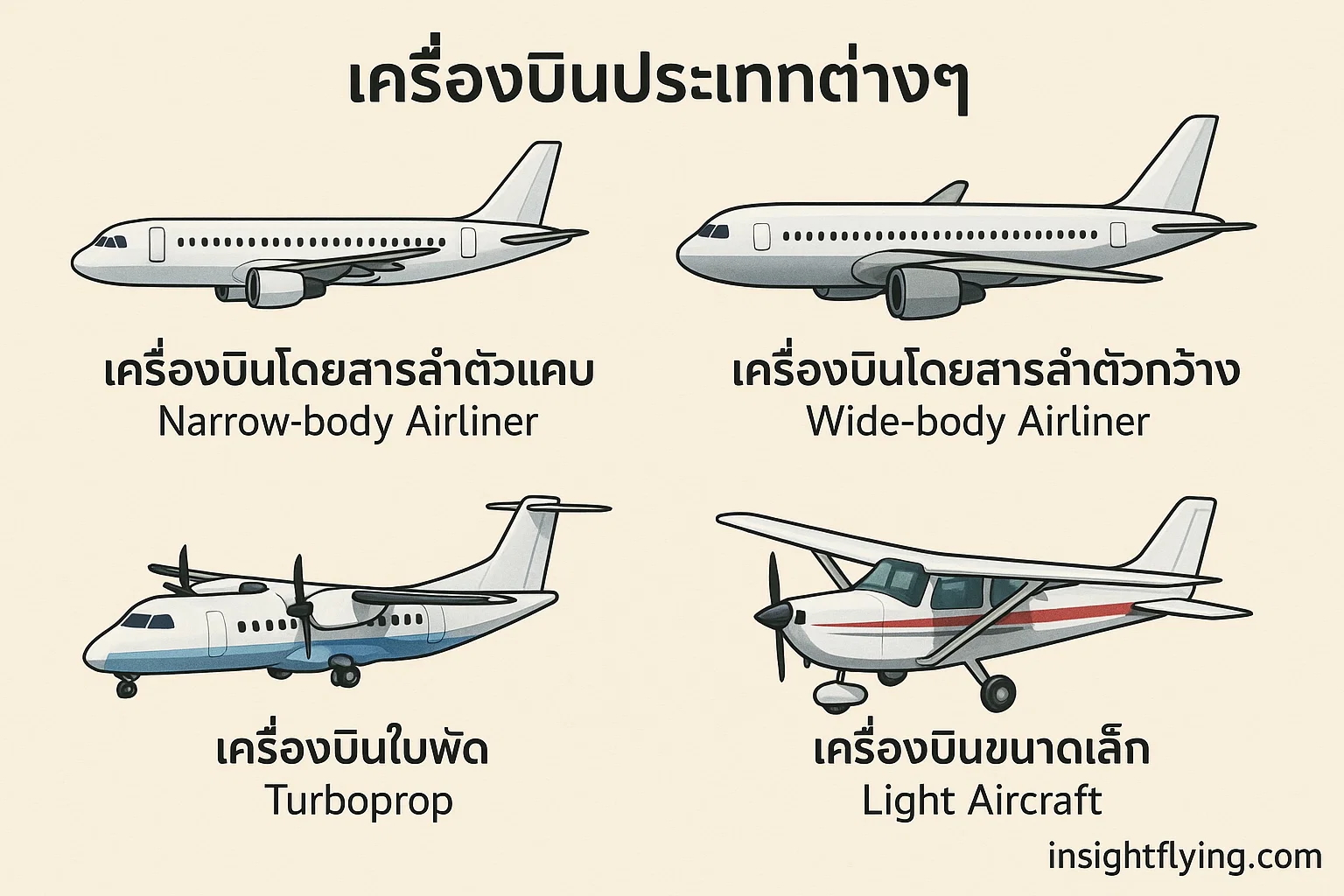
✈️ Aircraft Classification – การแบ่งประเภทของเครื่องบิน
Introduction Aircraft come in many forms, designed for different missions—from carrying passengers across continents to conducting aerial firefighting or training new pilots. Understanding how aircraft are classified helps us appreciate the diversity of aviation technology and operations.เครื่องบินมีหลากหลายรูปแบบ ถูกออกแบบมาเพื่อภารกิจต่าง ๆ ตั้งแต่ขนส่งผู้โดยสารข้ามทวีป ไปจนถึงดับเพลิงทางอากาศหรือฝึกนักบิน การเข้าใจการแบ่งประเภทของเครื่องบินช่วยให้เราเห็นภาพความหลากหลายของเทคโนโลยีและการดำเนินงานด้านการบินได้ชัดเจนขึ้น 1. Classification by Role / Mission Aircraft are often grouped based on their…
-
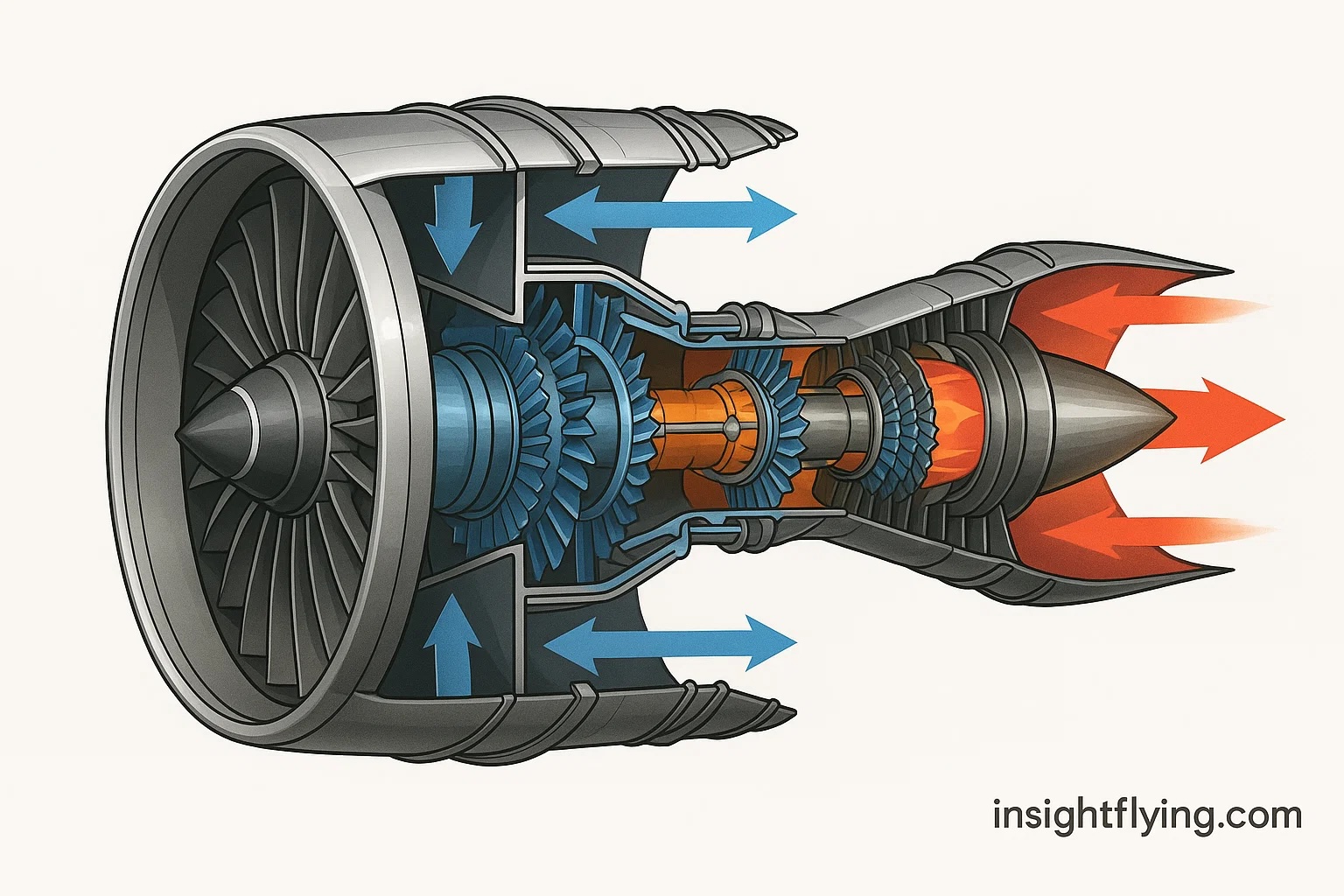
✈ Aircraft Engine Testing — Ensuring Performance, Safety, and Reliability
การทดสอบเครื่องยนต์อากาศยาน — เพื่อความปลอดภัยและความเชื่อถือได้สูงสุด 1. Introduction — The Science Behind Jet Engine Testing Jet engines are among the most complex machines ever built. They operate at temperatures hotter than molten lava, spin at tens of thousands of revolutions per minute, and must perform flawlessly at 35,000 feet. Engine testing is a vital process that ensures every…
-
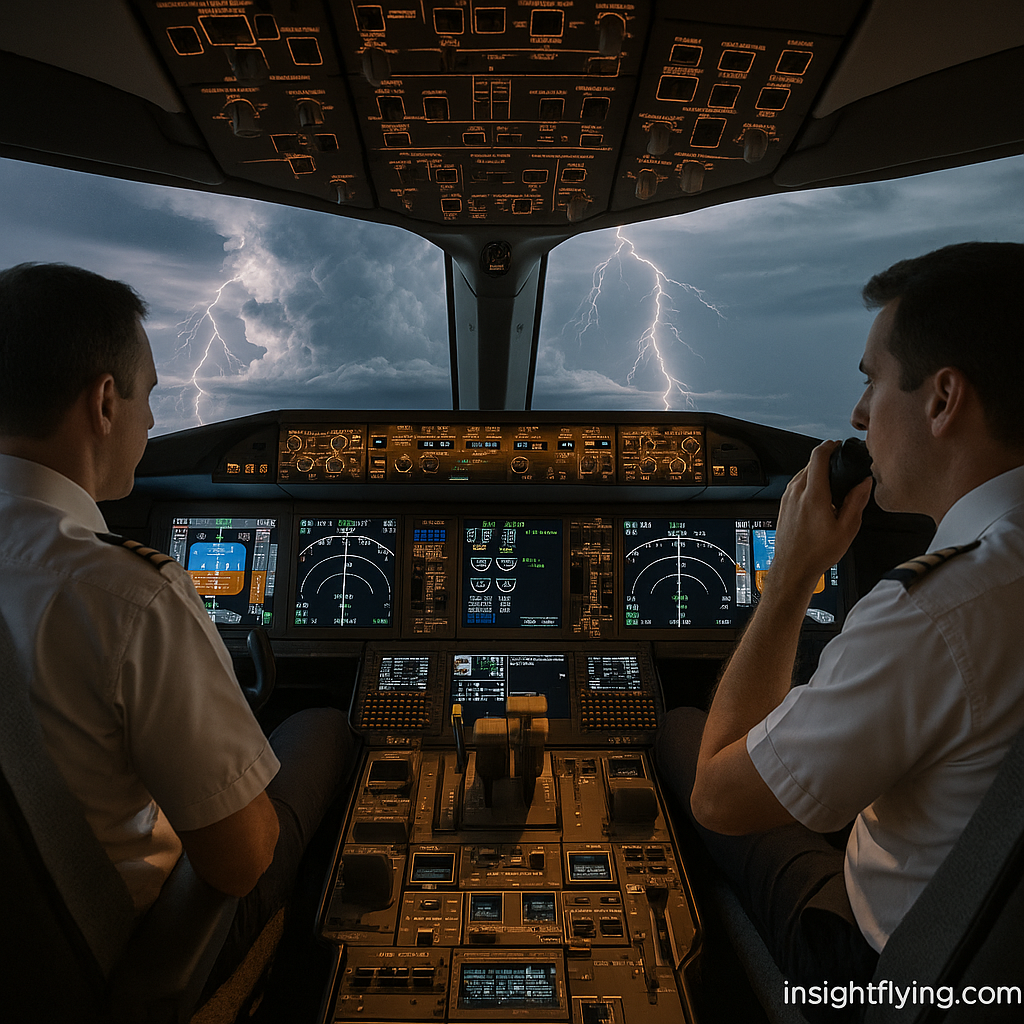
Type Rated vs Non-Type Rated นักบินต่างกันอย่างไร?
ในวงการการบิน คำว่า “Type Rated” และ “Non-Type Rated” มักถูกใช้เพื่ออธิบายระดับคุณสมบัติของนักบิน ว่านักบินคนนั้นผ่านการฝึกอบรมเฉพาะสำหรับเครื่องบินประเภทใดแล้วหรือยัง ซึ่งเป็นเรื่องสำคัญมากต่อเส้นทางอาชีพ ต้นทุนการฝึก และโอกาสในการทำงานของนักบินแต่ละคน มาดูกันให้ชัดว่าแตกต่างกันอย่างไร 1. Type Rating คืออะไร Type Rating คือ การฝึกอบรมและคุณสมบัติเฉพาะสำหรับเครื่องบินชนิดหนึ่ง ๆ ที่ซับซ้อนเกินกว่ามาตรฐานใบอนุญาตนักบินทั่วไปกล่าวคือ นักบินจะต้องผ่านการฝึกอบรมภาคพื้น (Ground School) และฝึกในเครื่องจำลองการบิน (Simulator) สำหรับเครื่องบินชนิดนั้น ๆ รวมถึงต้องสอบ Proficiency Check กับผู้ตรวจสอบที่ได้รับอนุญาต ตัวอย่างเช่น เมื่อผ่านแล้ว ใบอนุญาตนักบิน (Pilot License) จะระบุชื่อเครื่องบินชนิดนั้นไว้โดยเฉพาะ 2. กรณีที่ต้องมี Type Rating หน่วยงานกำกับการบิน (เช่น EASA, FAA หรือ CAAT) กำหนดให้นักบินต้องมี Type Rating สำหรับเครื่องบินที่ ดังนั้น…
-
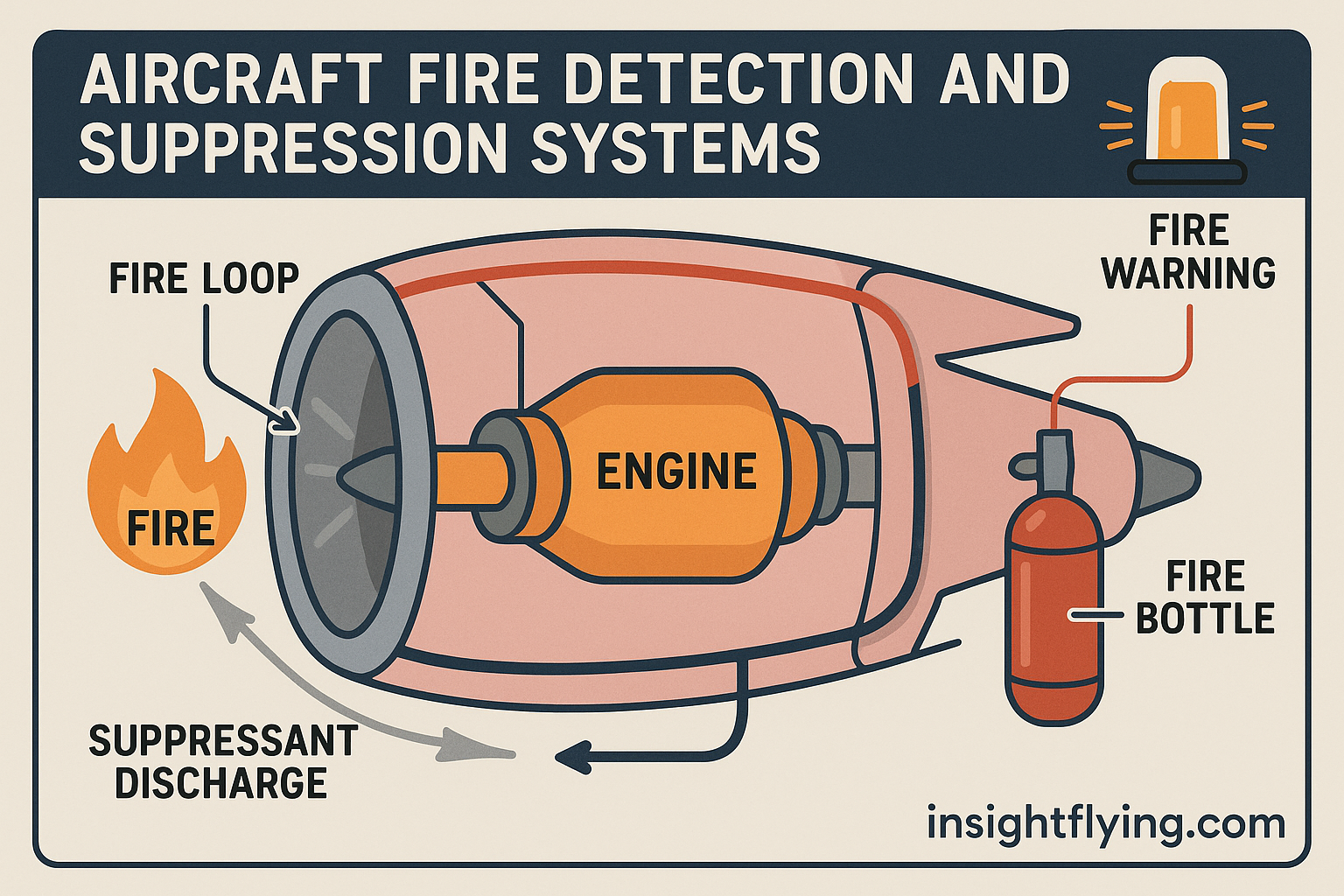
Aircraft Fire Detection and Suppression Systems
ระบบตรวจจับและดับเพลิงในอากาศยาน Overview Fire is one of the most dangerous emergencies in aviation. Because an aircraft is a closed environment with limited oxygen and escape options, early fire detection and rapid suppression are vital. Modern aircraft are equipped with multiple systems that continuously monitor and protect critical areas such as engines, cargo compartments, and the cabin….
-
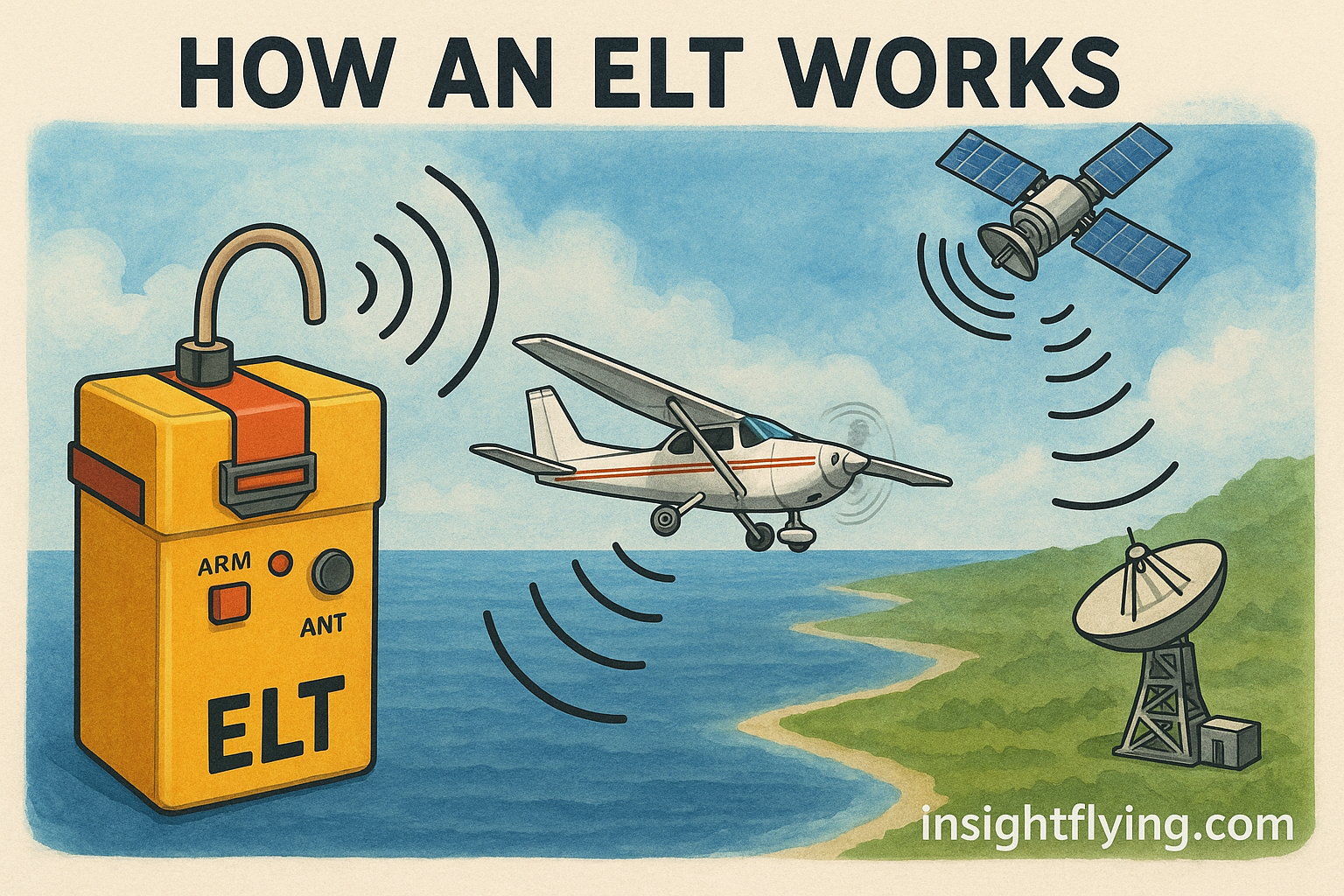
Emergency Locator Transmitter (ELT) and Survival Equipment
เครื่องส่งสัญญาณฉุกเฉิน (ELT) และอุปกรณ์ช่วยชีวิต What is an ELT? An Emergency Locator Transmitter (ELT) is a radio beacon designed to transmit a distress signal automatically when an aircraft experiences a crash or severe impact. Its primary function is to help search and rescue (SAR) teams locate the aircraft quickly by sending signals on international distress frequencies. เครื่องส่งสัญญาณฉุกเฉิน…